In an era marked by dynamic geopolitical landscapes and evolving security challenges, the demand for armored vehicles has surged as organization sand individuals seek advanced protection solutions. Armored vehicles serve as a formidable line of defense against various threats, ranging from ballistic attacks to explosive devices. Delve into the key components that make armored vehicles a crucial asset in ensuring safety and security
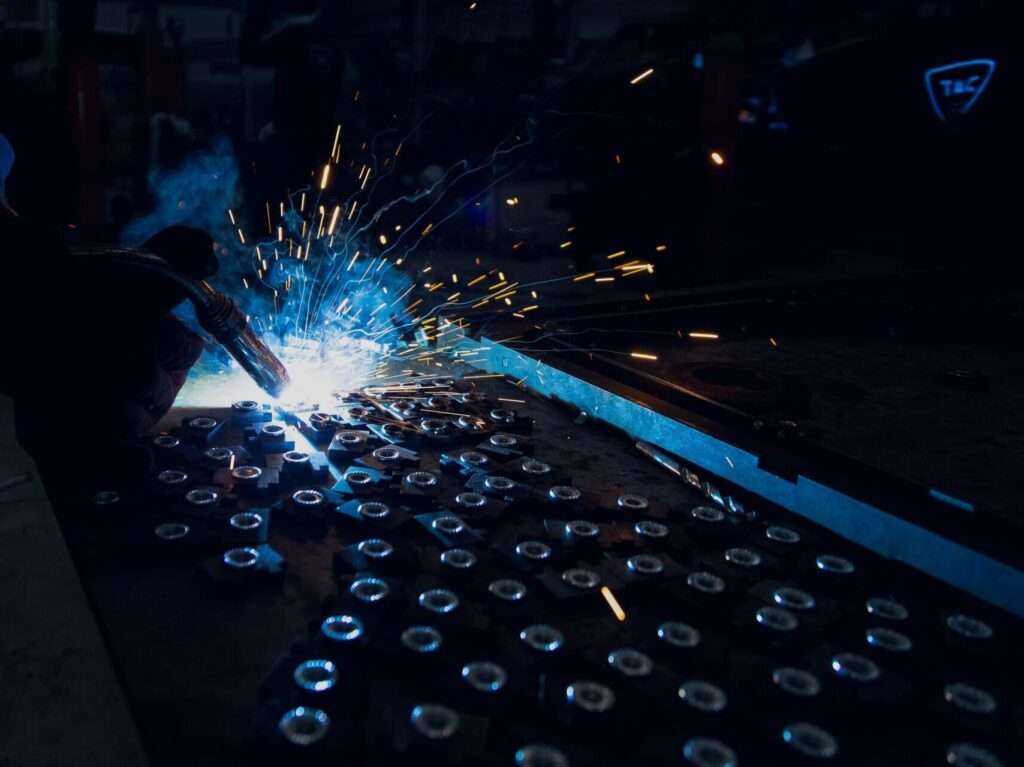
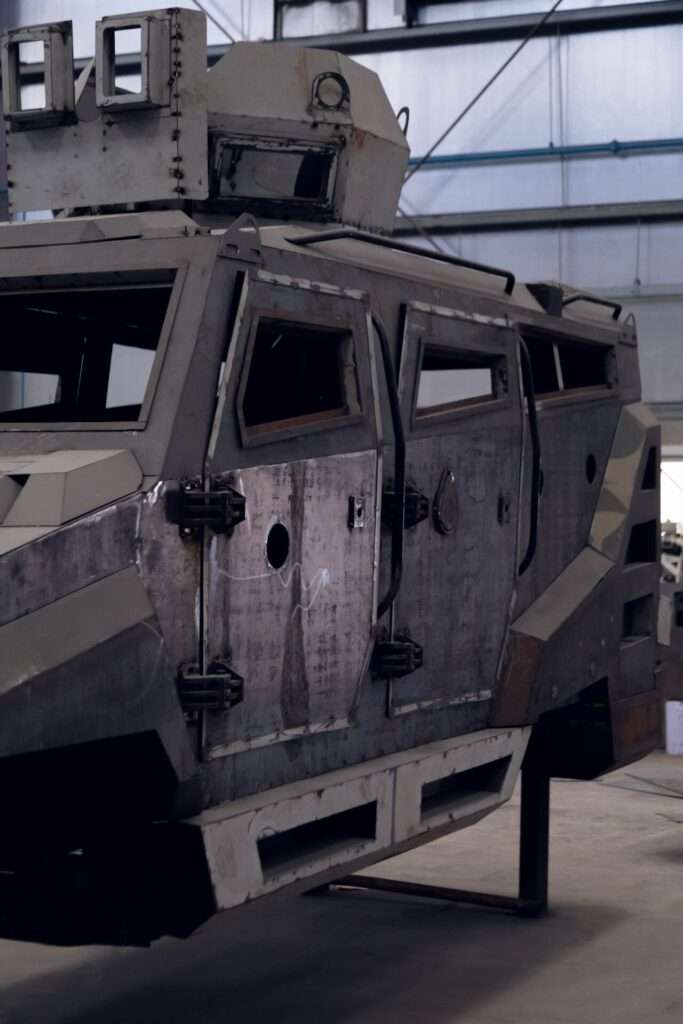
At the heart of every armored vehicle lies its ballistic protection system, designed to with stand various forms of projectile threats. Armored vehicles often employ specialized materials, such as hardened steel, composite armor, and ceramic plates, to provide resistance against bullets, shrapnel, and other ballistic projectiles. The effectiveness of this protection is measured by armor class ratings (i.e. B6 or B7, according to European Standards), refer to the ballistic protection levels chart, indicating the vehicle’s capability to withstand different levels of threat.
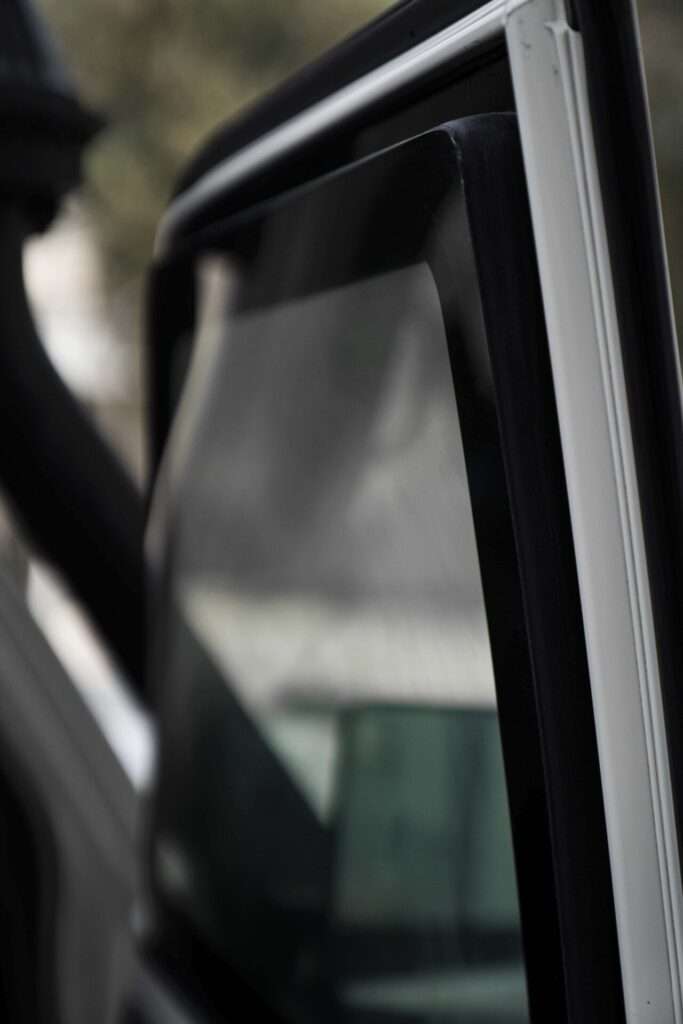

Ensuring visibility without compromising safety is a critical aspect of armored vehicle design. Transparent armor (bullet-resistant glass), typically made from laminated glass and polycarbonate materials, offers occupants a clear view of their surroundings while maintaining a high level of ballistic resistance. This feature is essential for protection, especially for military and law enforcement operations, enabling personnel to make informed decisions in challenging environments and situations. There are also class ratings against different level of threats for the transparent armor.
An armored vehicle’s suspension system plays a pivotal role in ensuring mobility and stability, especially in unpredictable terrains. Reinforced suspension components, heavy-duty shock absorbers, and advanced damping systems contribute to the vehicle’s ability to traverse rough landscapes while providing a smooth ride for occupants. This feature is particularly crucial for military applications, where rapid and secure mobility is essential, since the armoring adds additional weight to the vehicle.
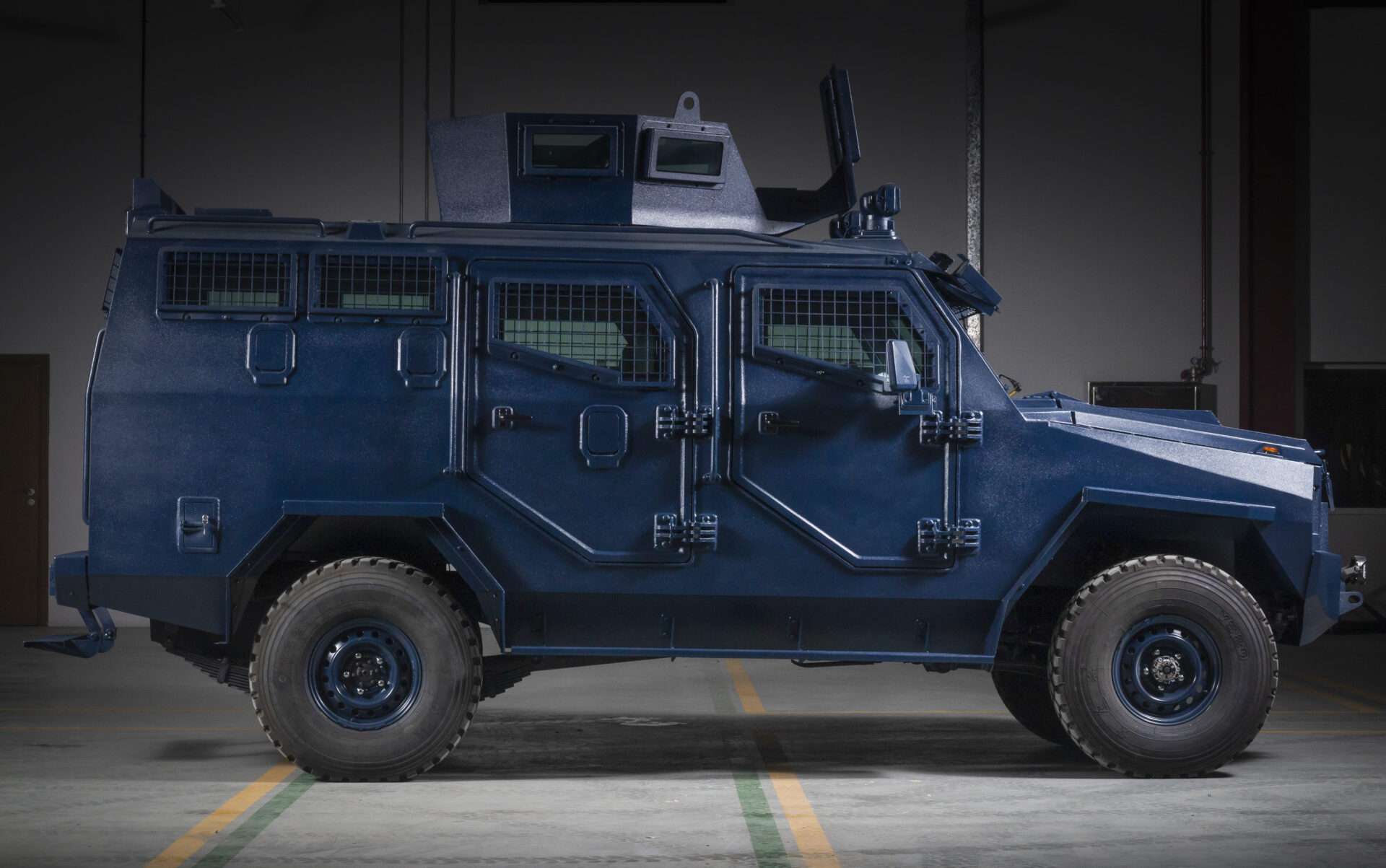
To enhance an armored vehicle’s operational capability, run-flat tires are often integrated into the design. These tires can withstand damage and continue to function, allowing the vehicle to escape from potentially hazardous situations even after sustaining punctures. This feature is indispensable for high security convoys and emergency response teams operating in hostile environments.
In addition to ballistic threats, armored vehicles are engineered to withstand explosive attacks. The vehicle’s structure is designed to absorb and disperse the force generated by explosions, minimizing the impact on the occupants, for example, a vehicle with an armor level of B6 can withstand up to two DM51 hand grenade explosions. Strategic placement of armored plating and energy-absorbing materials enhances the vehicle’s resilience against improvised explosive devices (IEDs) and other explosive threats.
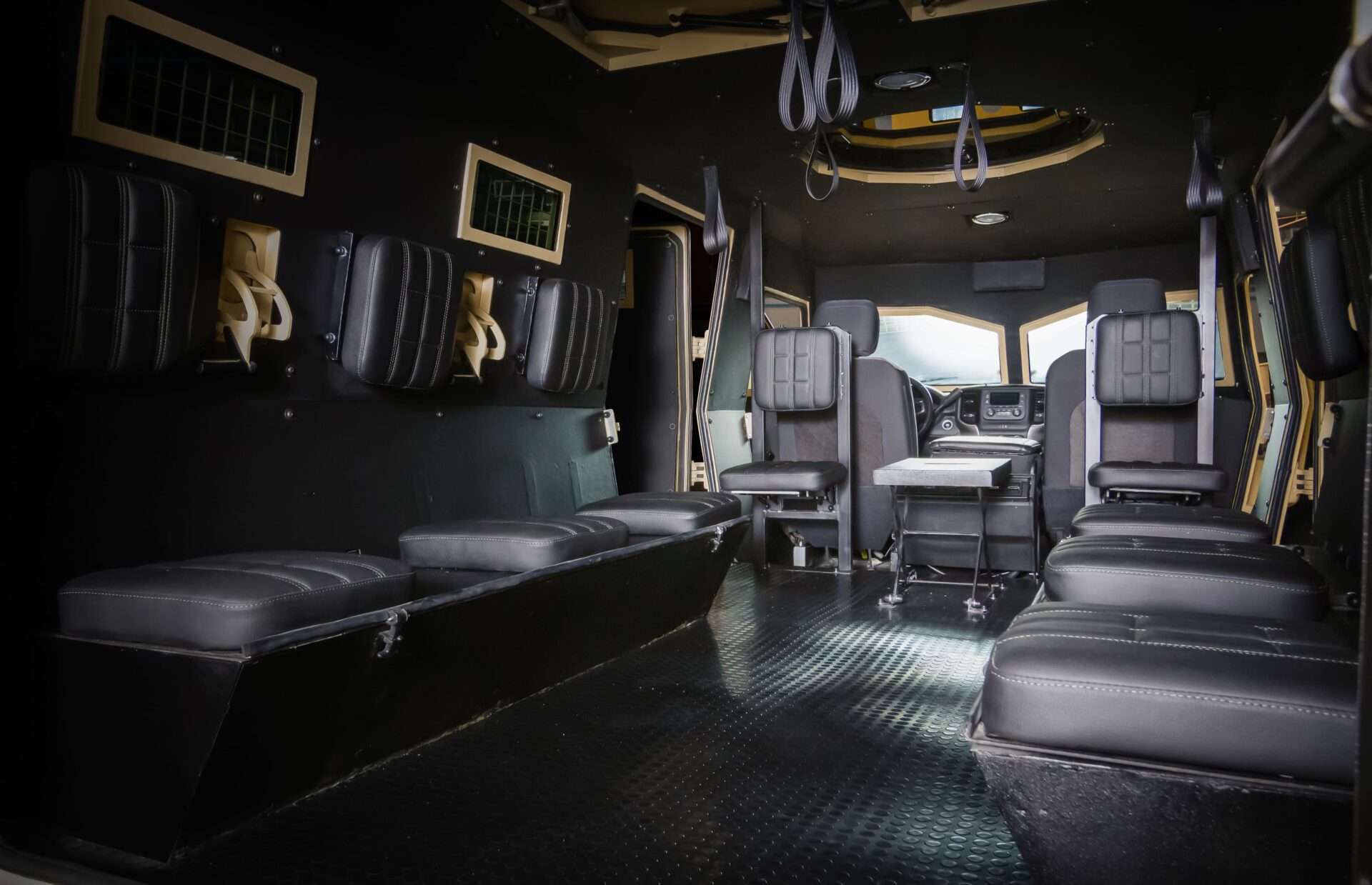
TAC Armored Vehicles represent a pinnacle in security and defense technology, combining advanced materials, cutting-edge design, and engineering expertise to provide unparalleled protection. From ballistic resistance to transparent armor and mobility features, each element contributes to the overall effectiveness of these vehicles in safeguarding lives and assets. As global security challenges continue to evolve, the ongoing advancements in armored vehicle technology underscore their role as indispensable assets in the protection of individuals and organizations alike.
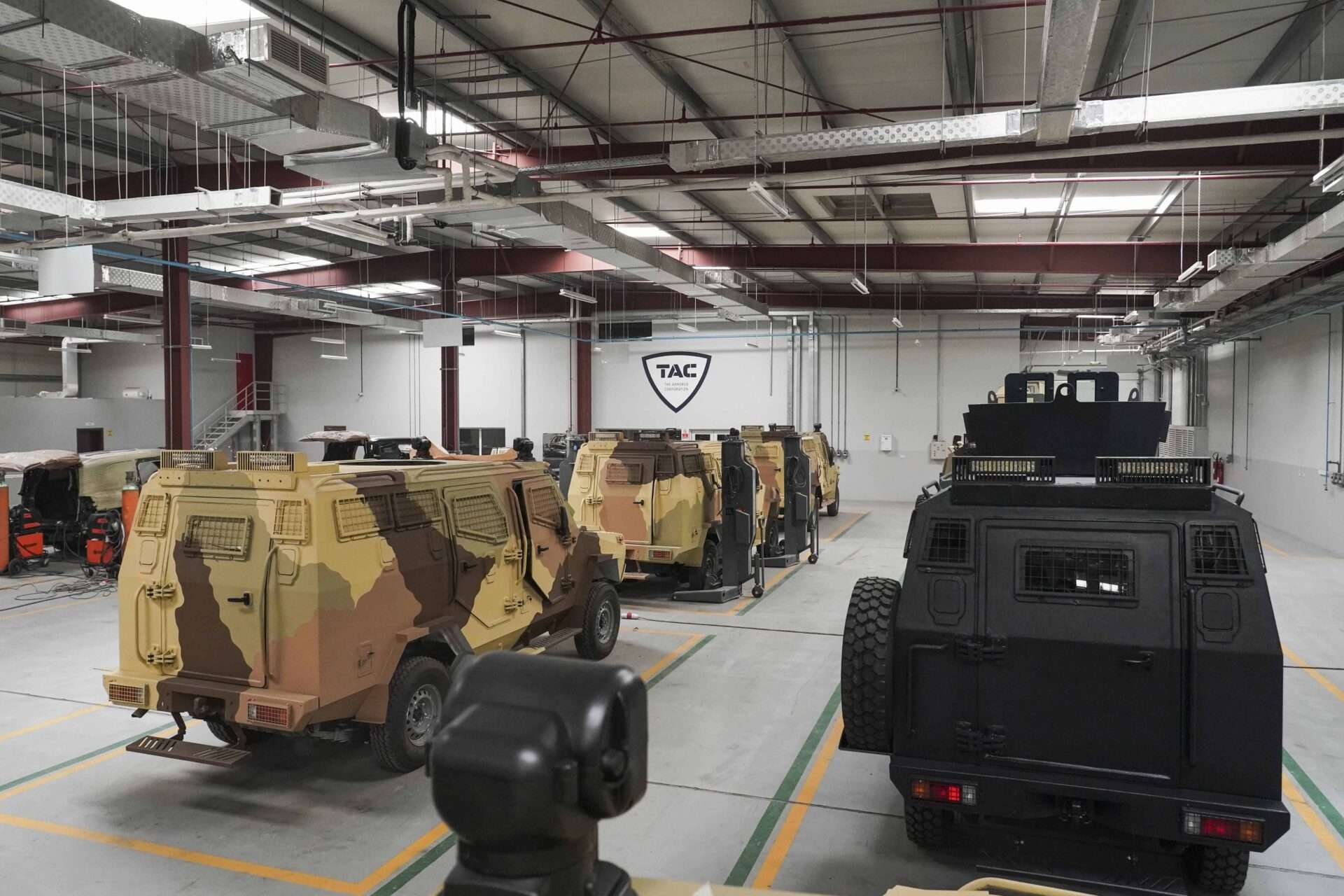
Thank you, your application has been accepted!